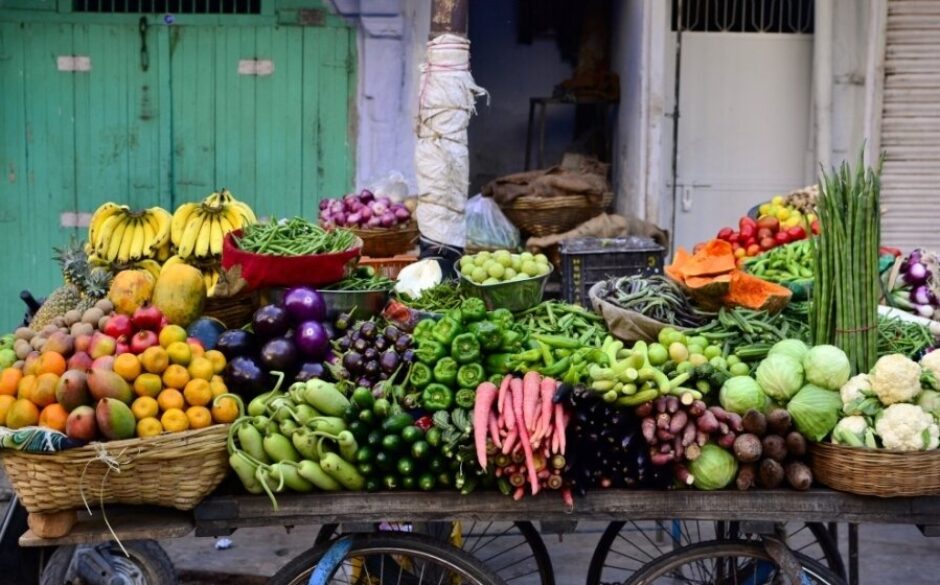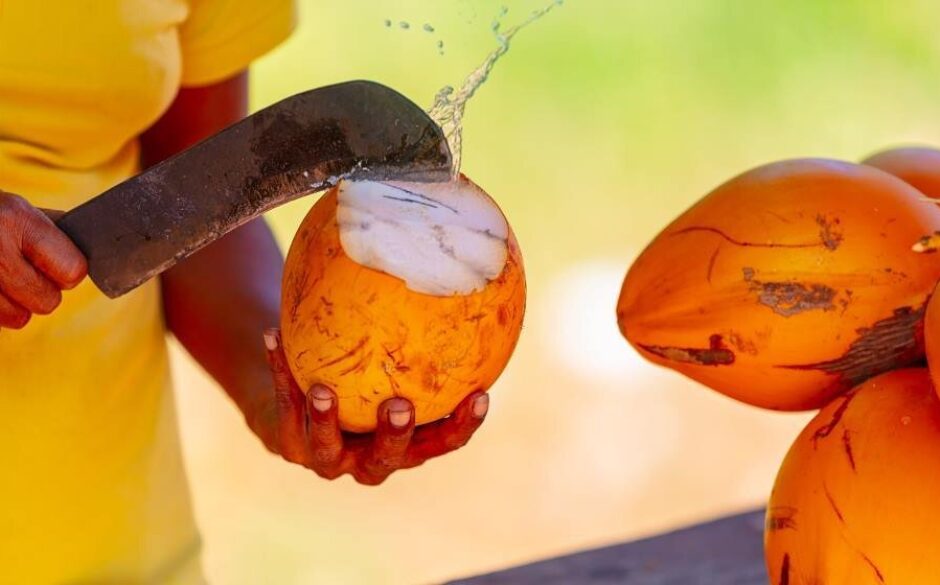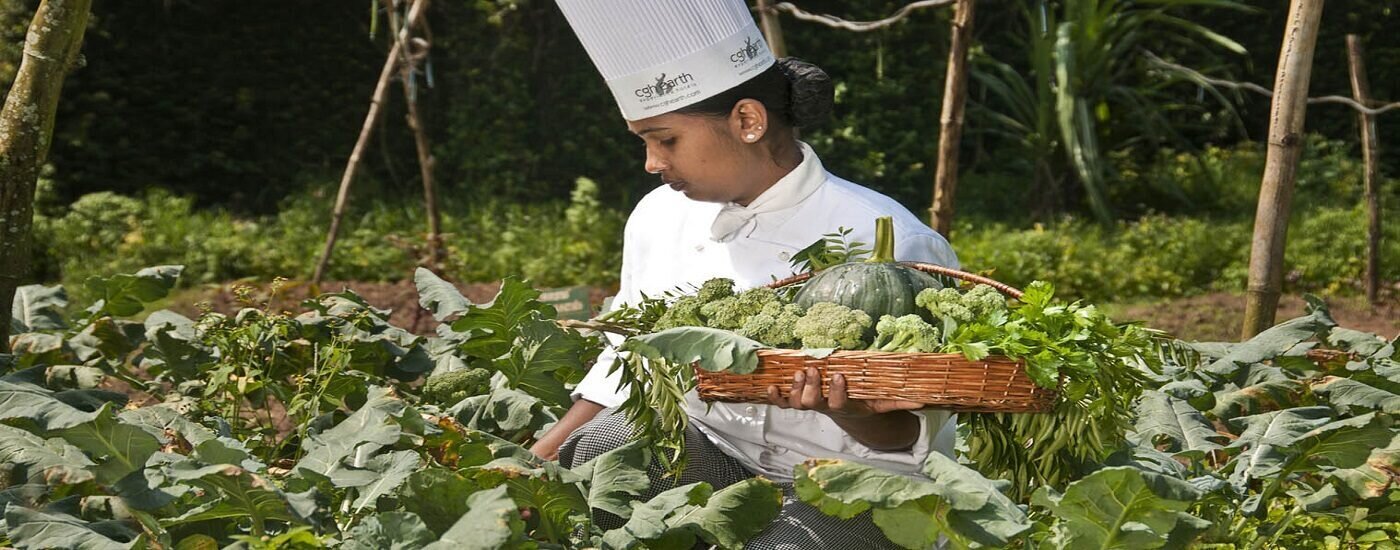Ingredients of South Indian Cuisine
Broadly speaking, the cuisines we (in the UK) associate with India are based on Northern Indian and Bangladeshi traditional recipes. Naan bread, samosas and aloo gobi all originated in North India, while the South has a diet more focused on rice, lentils and soupy stews. This is largely due to the difference in climates between the North and the South – wheat likes to grow in more temperate climes and rice feels comfortable in the tropical and subtropical areas.
We proudly present the ingredients of South Indian Cuisine:

Vegetables at the Heart of South Indian Cuisine
In a country with the lowest meat consumption in the world, if you’re a vegetarian or vegan, you’ll have no shortage of choices during your trip. Chickpeas, nuts, cauliflower and lentils are all traditional members of the diet of Southern Indians – and with an abundance of roots, spices and herbs, Indian chefs see no obstacle in whipping up a delicious meal without an animal-based protein (unlike some other countries you might have visited).
Did you know that Garam Masala can be translated as “hot blend”? It’s a flavourful powder made up of a mixture of warming spices usually including peppercorns, cinnamon and cloves. There are no rules as to what cannot be put into a garam masala, so as long as it tastes good to you, you can keep adding garlic, chilli or nuts to your heart’s content.
You’ve probably been hearing a lot about turmeric recently, since it’s become a popular wellness ingredient. Stuffy sinuses? Put some turmeric and pepper in your porridge! This ginger-esque root actually originated in India and Indians have been consuming it for its homoeopathic benefits for centuries. If you don’t believe the health hype, you still have to admit that it makes your food a fantastic colour. Also, you don’t need to be a botanist to appreciate the beautiful turmeric flower that you might see out and about.

Another of India’s favourite ingredients is coconut. Aspects of coconut can be sneaked into a variety of dishes – from laddoo, an Indian sweet pastry, to thenga varutharacha konju curry, a Keralan prawn curry. Coconut oil is traditionally harvested by pressing the flesh; coconut milk is produced from steeping the coconut meat in hot water and then straining it; palm leaves can be used as containers to cook rice and even the shells can be crafted into intricate trinkets or novelty items such as spoons. When you’re lying on that beach in Goa and you hear the rustle of coconut palms behind you, make sure you remember to treat yourself with a refreshing drink held inside a coconut. Picture perfect!
Discover Gorgeous South Indian Recipes
If you want to experiment with some Indian food recipes, why not try one of the top 21 recipes from Indian celebrity chef Sanjeev Kapoor here?
To sample the ingredients of South Indian cuisine, why not have a look at our Culinary Tour to India.

